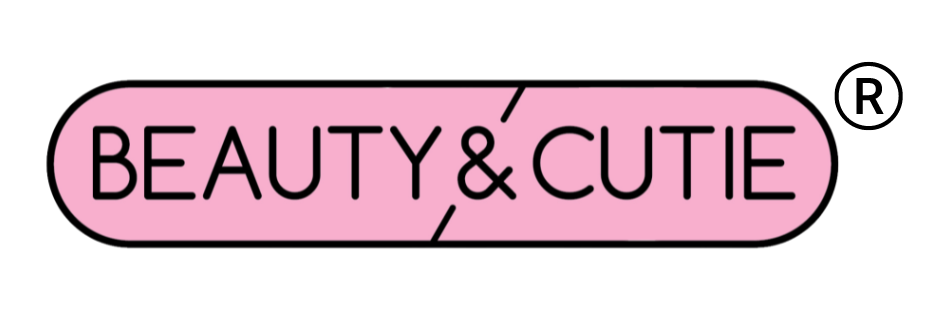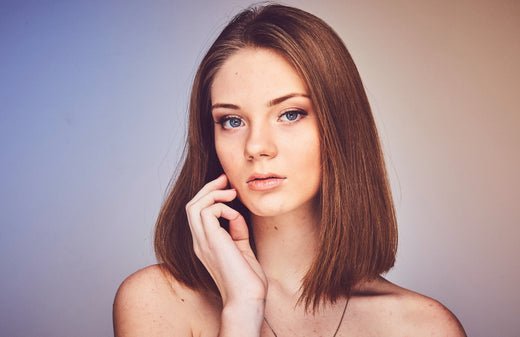Between the ages of 18 and 45, female pattern baldness is a prevalent condition that many women experience. Even though it is common, it is frequently misinterpreted and disregarded. We will examine the causes, signs, and available treatments for female pattern baldness in this article. This expertly written and educational piece will provide you the information and comprehension you require, regardless of whether you are personally dealing with hair loss or are just interested in learning more about the subject.
What Is Female Pattern Baldness?
Women of all ages can develop female pattern baldness, commonly referred to as androgenetic alopecia (antiandrogens). Although it is frequently linked to men, hair loss can also cause anxiety in women. The hair on top of the head gradually thins, usually beginning around the crown, and this is the hallmark of female pattern baldness. If you are a woman experiencing hair loss, it is essential that you educate yourself on the causes, symptoms, and available therapies for female pattern baldness.
What Causes Female Pattern Baldness?
Female pattern baldness is primarily caused by genetics and hormonal factors. It is believed that a combination of genetic predisposition and the hormone dihydrotestosterone (DHT) play a significant role in the development of female pattern baldness. DHT is a byproduct of testosterone and can cause the hair follicles to shrink, leading to the production of thinner and shorter hair strands.
Other factors that can contribute to female pattern baldness include:
Aging
As women age, the hair follicles naturally become smaller and produce thinner hair strands. This can result in overall hair thinning and a more noticeable scalp.
Family History
If you have a family history of female pattern baldness, you are more likely to develop the condition yourself. This suggests a strong genetic component to the condition.
Hormonal Changes
Hormonal imbalances, such as those experienced during menopause, pregnancy, or polycystic ovary syndrome (PCOS), can contribute to hair loss in women. These hormonal changes can disrupt the normal hair growth cycle and lead to increased hair shedding.
Medical Conditions
Certain medical conditions, such as thyroid disorders or autoimmune diseases, can cause hair loss in women. Treating these underlying conditions may help improve hair growth.
Hairstyles and Hair Practices
Frequent use of tight hairstyles (e.g., ponytails or braids) or harsh hair treatments (e.g., chemical relaxers or heat styling) can cause hair breakage and traction alopecia, which can contribute to female pattern baldness.
What Are The Symptoms of Female Pattern Baldness?
The symptoms of female pattern baldness can vary from person to person, but some common signs to look out for include:
- Thinning hair: The most noticeable symptom of female pattern baldness is a gradual thinning of the hair on the top of the head. This thinning usually begins around the crown area and can eventually lead to a more visible scalp.
- Widening part: As the hair starts to thin, you may notice that your part appears wider than before. This can be a result of the hair follicles becoming smaller and producing finer hair strands.
- Receding hairline: In some cases, female pattern baldness can also cause the hairline to recede. This can give the appearance of a larger forehead or a more masculine hairline.
- Increased hair shedding: While it is normal to lose some hair every day, excessive hair shedding can be a sign of female pattern baldness. You may notice more hair than usual in your hairbrush, on your pillow, or in the shower drain.
- Changes in hair texture: Another symptom of female pattern baldness is a change in the texture of the hair. The hair may become dry, brittle, or more prone to breakage.
- Diffuse hair loss: Diffuse hair loss refers to a widespread thinning of the hair on the scalp, rather than specific areas of baldness, and is often associated with female pattern baldness.
What Are Some Available Treatments for Female Pattern Baldness?
Topical Minoxidil
Minoxidil is an FDA-approved medication that is applied directly to the scalp. It helps to stimulate hair growth and can be effective in slowing down or stopping hair loss in women. It is available over-the-counter but make sure you read about the possible side effects before using it.
Prescription Medications
Some women may benefit from prescription medications, such as finasteride or spironolactone. These medications work by blocking certain hormones that can contribute to hair loss. It is important to note that these medications may have side effects and should be used under the guidance of a healthcare professional.
Low-level Laser Therapy (LLLT)
LLLT involves the use of red light therapy to stimulate hair growth. It can be done in a clinic or at home with a laser cap or comb. LLLT is believed to increase blood flow to the hair follicles and promote hair growth.
Hair Transplant Surgery
In more severe cases of female pattern baldness, hair transplant surgery may be an option. During this procedure, hair follicles from a donor area (usually the back of the head) are transplanted to the areas of thinning or baldness. This can result in a more full and natural-looking head of hair and hair line.
Hairpieces or Wigs
For women who are not candidates for or do not wish to undergo medical treatments or surgery, hairpieces or wigs can be a great option. There are many different types of hairpieces and wigs available that can match your natural hair color and style. They can be a temporary or permanent solution, depending on your preference.
Are There Any Lifestyle Changes That Can Help Manage Female Pattern Baldness
- Eating a balanced diet: A diet rich in vitamins, minerals, and proteins can help support hair health. Include foods like fruits, vegetables and lean proteins in your diet.
- Avoiding tight hairstyles and excessive heat styling: Pulling your hair back tightly or using heat styling tools frequently can cause damage to the hair follicles and lead to hair loss. Opt for looser hairstyles and limit the use of heat styling tools.
- Managing stress: Stress can contribute to hair loss, so finding healthy ways to manage stress, such as exercise, meditation, or therapy, can help promote hair growth.
- Taking care of your scalp: Keeping your scalp clean and healthy is important for hair growth. Use a gentle shampoo and conditioner, and avoid over-washing or using harsh products. Regularly massaging your scalp can also help stimulate blood flow to the hair follicles and promote hair growth.
- Avoiding tobacco and excessive alcohol consumption: Smoking and excessive alcohol consumption can contribute to hair loss and overall poor health. Quitting smoking and limiting alcohol intake can help promote hair growth and overall wellness.
- Getting regular exercise: Exercise promotes overall health and can help improve blood circulation, including to the scalp. Aim for at least 30 minutes of moderate exercise most days of the week.
- Getting enough sleep: Lack of sleep can contribute to hair loss and overall poor health. Aim for 7-9 hours of quality sleep each night to support hair growth and overall well-being.
Are There Any Vitamins or Supplements That May Help With Female Pattern Baldness?
Collagen peptides have gained popularity for their role in supporting healthy hair, skin, and nails. Unlike standalone vitamins like biotin or vitamin C, collagen peptides provide essential amino acids that boost keratin production, the protein responsible for hair strength and structure. They also improve skin elasticity and nail resilience, making them a comprehensive solution for beauty and wellness.
Additionally, they help maintain skin firmness and nail strength, making them an excellent addition to your daily routine. Incorporating collagen peptides into your diet is a simple and effective way to enhance your hair, skin, and nails. Explore high-quality collagen supplements to unlock their full benefits and achieve visible results over time.
Conclusion
In conclusion, women between the ages of 18 and 45 are commonly affected by female pattern baldness, a problem that is frequently disregarded. It is caused by a confluence of hormonal and genetic variables, with the hormone DHT playing a major role. Early intervention is critical after identifying its signs, which include thinning hair, widening part, receding hairline, and increased shedding. Wigs, laser therapy, prescription drugs, minoxidil, and hair transplant surgery are just some of the options available to women dealing with female pattern baldness.
A healthy diet, modest hairstyles, stress management techniques, and scalp care are a few examples of lifestyle adjustments that support hair health. Nutrient-rich supplements, such as collagen, may also support the formation of healthy hair. Ultimately, women may maintain the health and beauty of their hair by treating female pattern baldness with full knowledge and understanding.
Final Thoughts
At Beauty and Cutie, we are experts in the field of beauty. Our focus is on creating superior collagen supplements to enhance your natural beauty. Our supplement goes beyond just being another beauty product - it is a dedication to revealing your inner beauty and unlocking your full potential. Join the countless Americans who are embracing the path to beauty with Beauty and Cutie.
Sources
- https://medlineplus.gov/genetics/condition/androgenetic-alopecia/
- https://www.yourhormones.info/hormones/dihydrotestosterone
- https://www.hopkinsmedicine.org/health/conditions-and-diseases/polycystic-ovary-syndrome-pcos
- https://www.mayoclinic.org/drugs-supplements/minoxidil-topical-route/side-effects/drg-20068750?p=1
*These statements have not been evaluated by the Food and Drug Administration. This product is not intended to diagnose, treat, cure or prevent any diseases.


